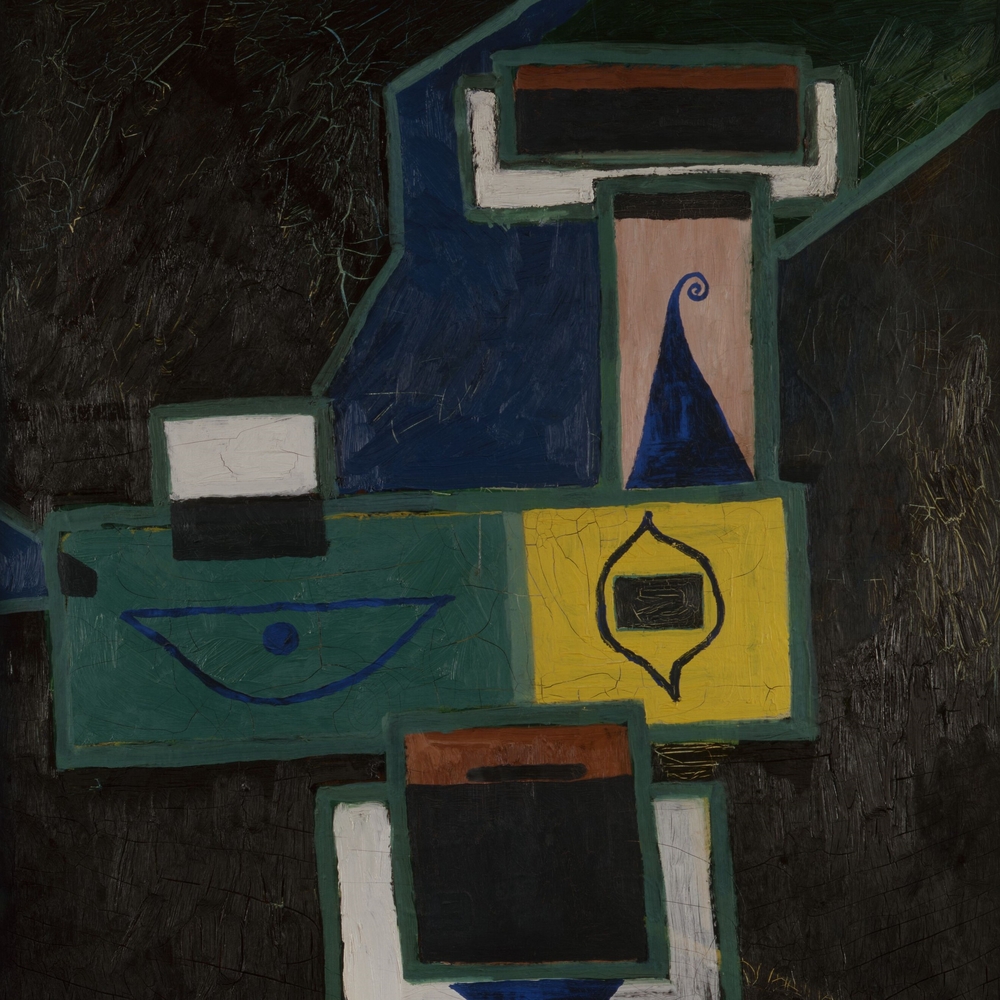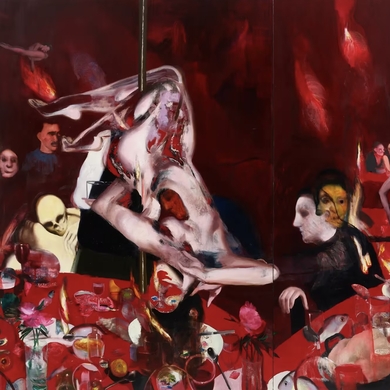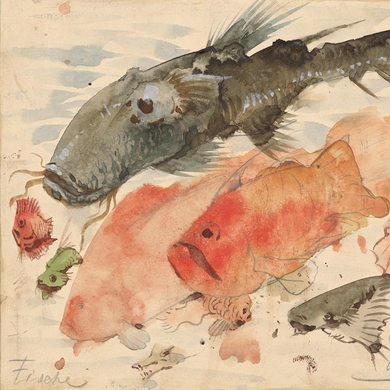It’s hard to situate Francis Picabia within any single art movement. Born in 1879, the French avant-garde painter was first influenced by Impressionism. Around 1911, he became acquainted with Cubist artists such as Marcel Duchamp and Albert Gleizes, and started painting in that style. Traveling between France and New York City, he soon broke with Cubism and took to working in a form now considered “proto-Dadaist.” By the mid–1920s, Picabia once more took a new tack, leaving Dada behind and producing figurative works. Finally, after a short period creating mostly nude portraits, Picabia made a final turn to nonfigurative art. These abstract paintings, created from 1945 until his death in 1953, place an emphasis on surface texture. In Paris, Hauser & Wirth is exhibiting over 40 late Picabias. —Jack Sullivan
Arts Intel Report
Francis Picabia

Francis Picabia, Les bonnes idées (Good Ideas), 1948.
When
Jan 18 – Mar 12, 2025
Where
Etc
Art
/
Hauser & Wirth
/
Paris
/
Europe
/
Impressionism
/
Abstractionism
/
The 1950s
/
Gallery exhibition
/
Closing Soon
Photo: Archives Comité Picabia, Paris



